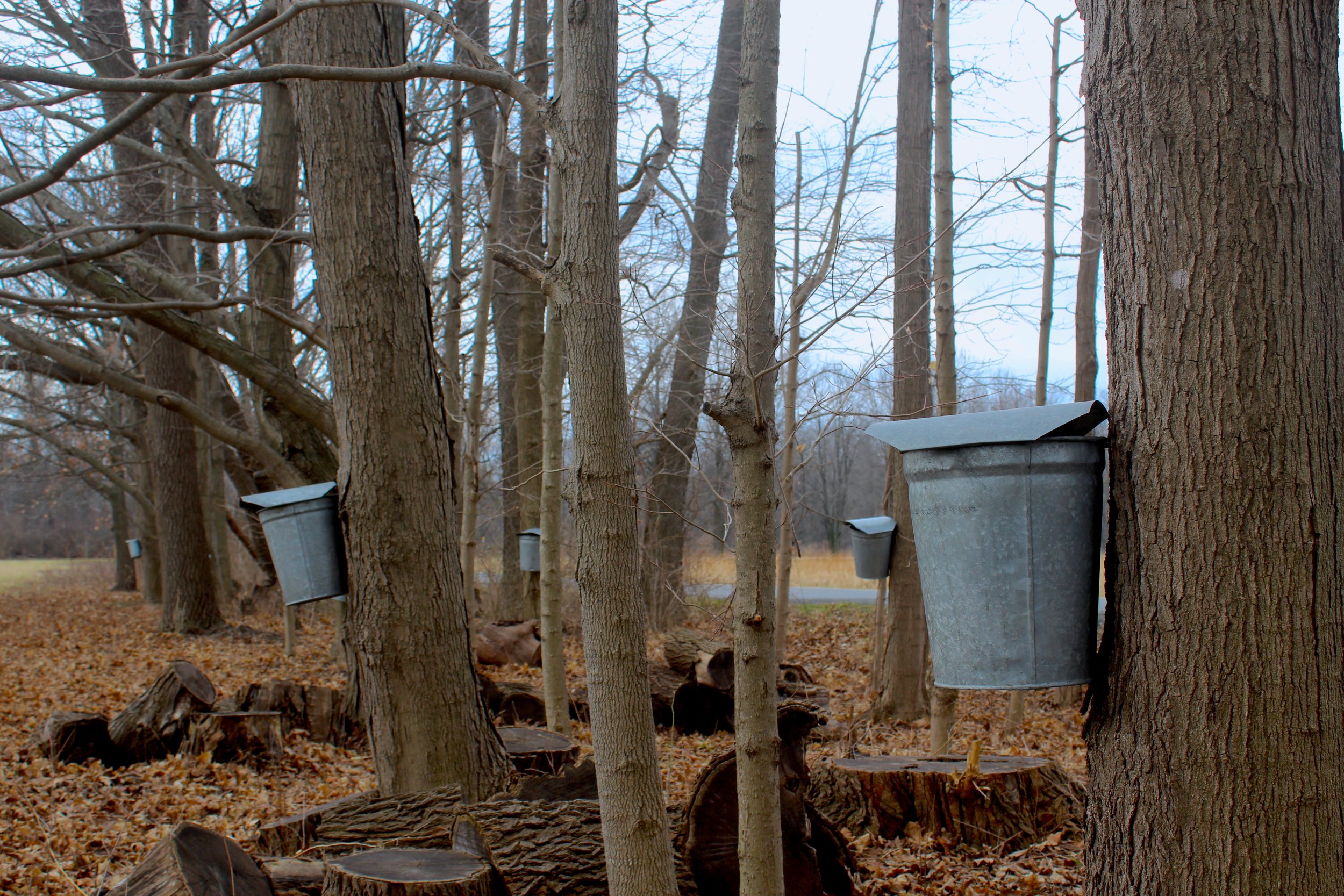Maple Sugar Time
/This time of year is prime time in Northwest Indiana for maple sugaring! The Indiana Dunes National Park is unique for many reasons, including that it is one of the only National Park sites where the park taps trees and boils the sap down into syrup on-site. The park’s Maple Sugar Time festival is definitely worth visiting, but my favorite part about this time of year is getting to teach Dunes Learning Center’s high school forestry program on sugar maples because it’s a great opportunity for the students to get to experience maple sugaring for themselves and explore different ways they could get involved in stewardship or forestry in the future.
indiana dunes maple sugar range
boiling sap into syrup in the sugar shack
So many different conditions have to happen just right for us to be able to make maple syrup. Sugar maples only grow in a limited range across the northeastern U.S. and the southeast region of Canada, and their range continues to shift with the ongoing effects of climate change. Not only that, but the prime season for extracting sap to make syrup requires specific weather conditions: usually, temperatures need to reach up to about 40 degrees during the day and then drop below freezing at night. This temperature swing makes pressure build up underneath the bark so that sap will flow out when someone taps it. These two factors and more make it so remarkable to me that there is such a long history of maple sugar production and that we are able to carry on this tradition in the region.
Indiana dunes sugar shack at chellberg farm
It’s also remarkable that high schoolers and their teachers and chaperones are able to take time out of their busy schedules to attend a day-long field trip at the sugar bush across from Chellberg Farm. Our Climate Change in the Maple Sugar Range program is one of the only opportunities we have to work with high schoolers during the school year, so it’s extra exciting for us as educators.
students measuring trees in the sugar range
My favorite part of our Climate Change in the Maple Sugar Range program is getting to see students grow confidence in their abilities with forestry tools and making observations about the nature around them in the sugar bush. Both years that I’ve helped teach this program, I’ve watched the students gain a closer understanding of the trees around them as we work, and I especially enjoy talking with them about what they wanted to do moving forward past high school. Even if they don’t all see themselves becoming foresters, I hope that getting the chance to do field work in the national park plants seeds in students’ heads about how they can grow into stewards of nature in whatever way works for them.
Hope Rodgers
2nd Year Environmental Educator Fellow











